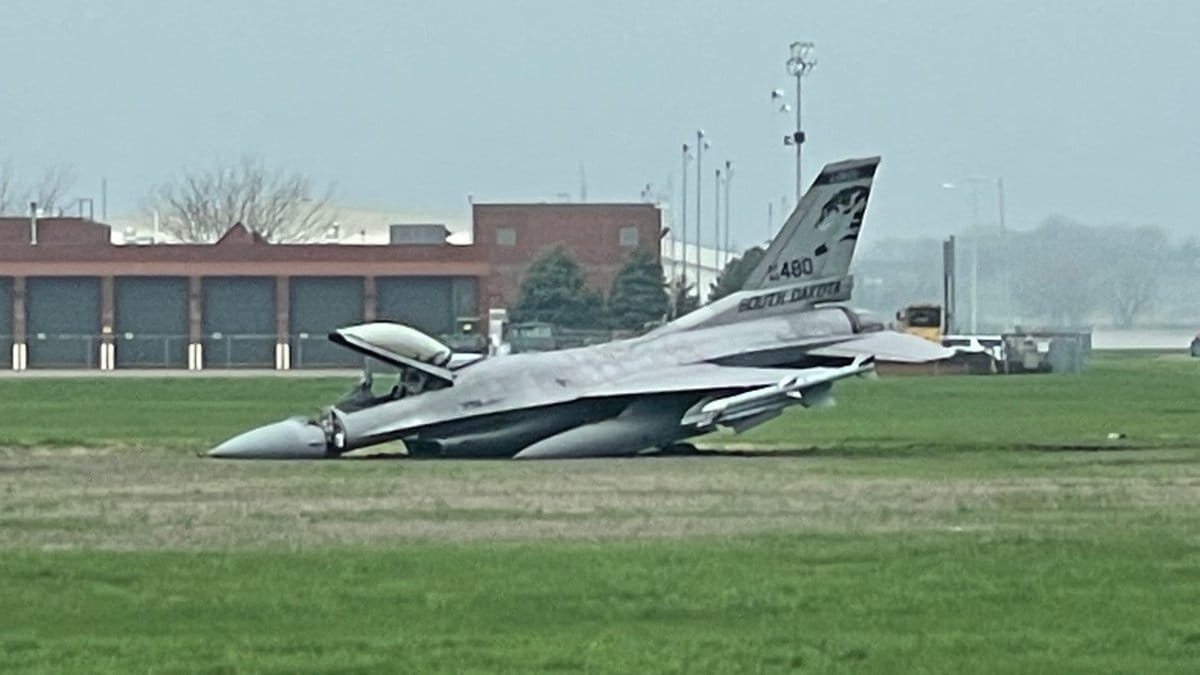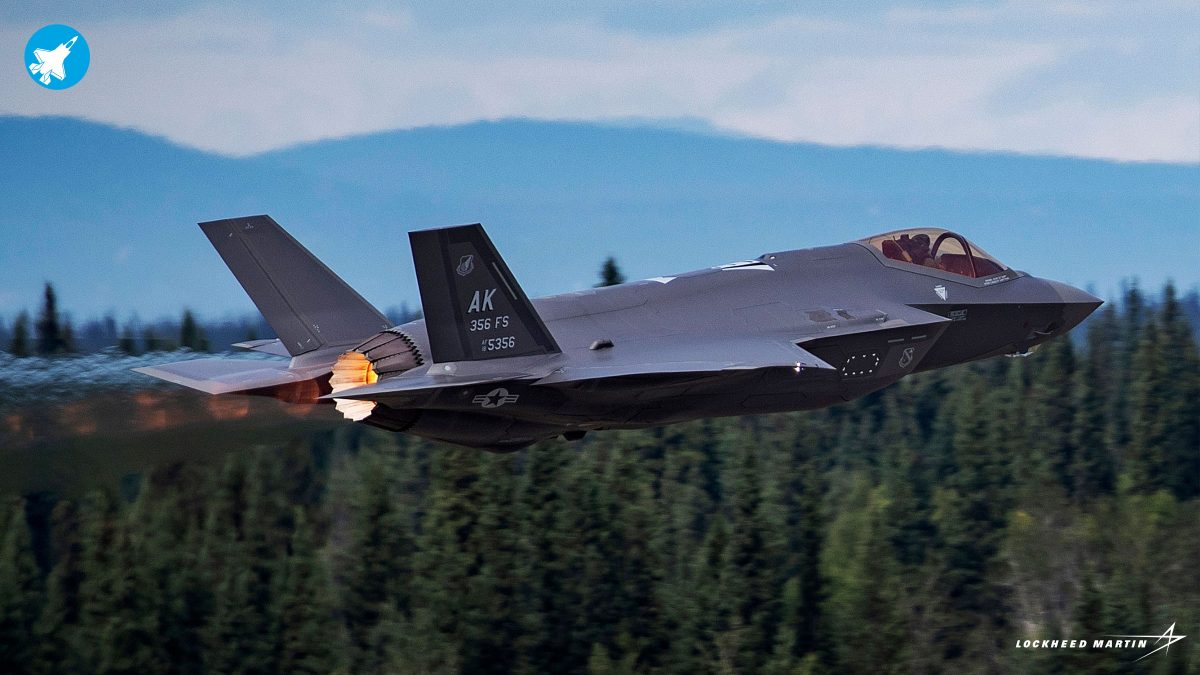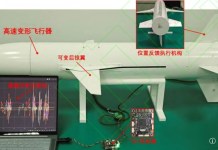On the afternoon of December 1, an F-35B Lightning II fighter jet was photographed parked in Okinawa, Japan, with its nose down on the road. The visuals sparked concern about a landing mishap involving the fifth-generation stealth fighter jet.
Eventually, putting all speculations to rest, it was confirmed that F-35B attached to the US Marine Corp (USMC) had suffered a nose landing gear collapse at Kadena Air Base in Okinawa while being towed following an emergency/precautionary landing.
According to the US Marine Corps 1st Marine Air Wing in Okinawa, an F-35B stealth fighter made a precautionary landing at Kadena Air Base at 1:40 pm on December 1, owing to suspected electrical problems, as reported by NHK News.
The US Marine Corps later explained that the nose wheel of the aircraft that conducted a precautionary landing collapsed during towing. While towing the plane, the front wheels failed, and the nose hit the ground, but no one was hurt.
According to the Marine Corps, this fighter belongs to the 121st Marine Fighter Attack Squadron. Marine Fighter Attack Squadron 121 (VMFA-121), also known as the “Green Knights,” is a United States Marine Corps aircraft squadron that operates the F-35B Lightning II fighter.
A US Marine Corps F-35B of VMFA-121 has suffered a nose landing gear collapse at Kadena AB in Okinawa while being towed following an emergency/precautionary landing pic.twitter.com/Q6h0UxyC3f
— Mike Yeo 杨启铭 is also at post.news/thebaseleg (@TheBaseLeg) December 1, 2022
The short take-off vertical landing (STOVL) variant of the stealth fighter jet is believed to belong to the amphibious assault ship Tripoli, which is deployed at the US Marine Corps Air Station, Iwakuni. The US Marine Corps is investigating what caused the landing gear to collapse.
The incident comes months after three F-16 fighter jets were involved in incidents where their nose gears failed. A recurring occurrence in all three mishaps was that the nose of the F-16s appeared to take the brunt of the damage.
At the time, EurAsian Times had noted that while the engines of those F-16s would have been in significant danger of swallowing debris, there was a greater damage to the radar and many of the jet’s critical avionics housed in the nose in case of nose gear landing.
Additionally, landing nose-down can also put a lot of strain on the overall airframe of the aircraft.

Pilots typically use the jet’s tail hook to try to stop the aircraft, a common procedure in many instances where the stability of a fighter’s gear is unknown. A tail hook is a device fitted to the back of certain military fixed-wing aircraft. The hook is used to decelerate during emergency landings or aborted take-offs.
The F-35s have been involved in several accidents and controversies, stoking concerns in the US military and its partners that operate the aircraft.
A Rough Year For F-35 Fighter Jets
In October 2022, an F-35A fifth-generation fighter jet crashed in the US state of Utah at Hill Air Force Base near Salt Lake City. The fighter jet was attached to the 388th Fighter Wing.
While the pilot was reported to have ejected safely and was treated for minor injuries, the crash triggered bushfires on about 8 to 10 acres of land. This was the third reported crash of the year 2022 alone.
Before the October incident, two F-35 jet crashes were reported in January of this year. On January 4, the pilot of a South Korean F-35 made an emergency “belly landing” at an airbase after the landing gear failed due to technical difficulties.
While it was first stated that the event was caused by a bird hitting the left engine intake of the South Korean F-35, a complete study into the aircraft’s avionics and the landing gear was also launched.

A few days after the South Korean accident, on January 25, a US Navy F-35C had a “landing incident” on the deck of the Carl Vinson aircraft carrier in the South China Sea, the first-ever crash involving the carrier form of the fifth-generation fighter.
Following these incidents involving the F-35, the US Air Combat Command launched a crash recovery training in October. In the five-day Crash Damaged or Disabled Aircraft Recovery course held at the behest of the F-35 Joint Program Office, 29 maintainers from various F-35 programs, sister services, and F-35 partner countries participated. The training included a collapsed nose gear, pilot extraction, and aircraft hoisting.
The recent incident at the Kadena Air Base in Japan comes when the F-35 fighter jets sell like hotcakes for their cutting-edge capabilities. Their proliferation in the Indo-Pacific region has forced China to double its J-20 production.
- Contact the author at sakshi.tiwari9555 (at) gmail.com
- Follow EurAsian Times on Google News




